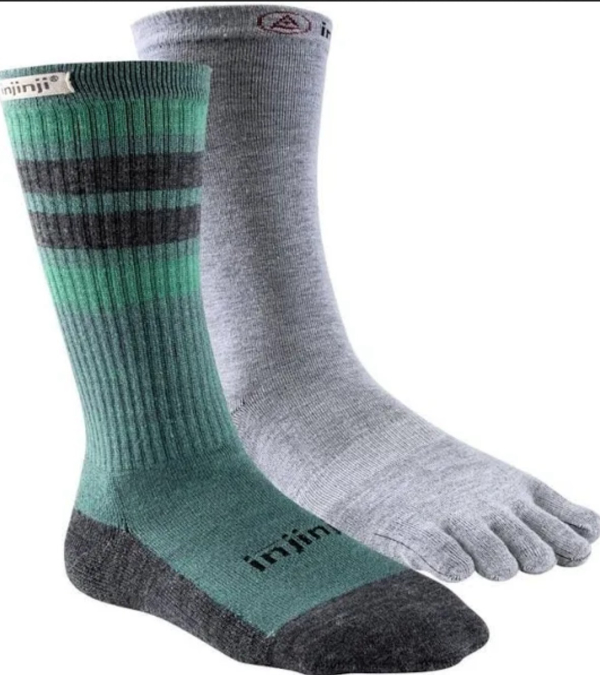Rivers Always Reach the Sea, by Monte Burke

Monte Burke’s latest book, Rivers Always Reach the Sea, includes extended interviews with angling “royalty” including Lefty Kreh.
Monte Burke, formerly a staff writer and editor for Forbes Magazine, is a hard core angler who writes non-fiction, very well.
He’s also the Barbara Walters interviewer type, who always seems to get the inside story. And he has a natural affinity for expert anglers because he’s a member of the clan, given to immersing himself in whatever the subject du jour has going.
Burke has made his bones fly fishing for tarpon on the flats of the Florida Keys and Homosassa and chasing giant stripers after dark in the cold, rough surf of the northeast. He knows his stuff, and he knows how to tease out the character of the most rabid anglers to create fascinating reading.
He’s a pure writer. Rather than an outdoors writer who tells us “how”, he’s a character writer who tells us “why”.
His claim to fame was in football rather than fishing—his Saban—The Making of a Coach was a New York Times bestseller.
He also had a major success with Lords of the Fly, multiple character studies detailing the mad pursuit of fly rod records for tarpon off the coasts of Florida.
Rivers Always Reach the Sea is an anthology of his work, mostly short pieces, and most memorably extended interviews with some of sportfishing’s royalty, including fly-fishing icon Lefty Kreh, Olympic skier and flats fly-rodding champ Andy Mill, legendary keys guide Steve Huff and hard-fishing novelist Carl Hiaasen.
There are also pieces from Burke’s world-ranging assignments, from the rainforests of Chile to the windswept tundra of Russia.
But it also includes plenty of solitary sojourns in pursuit of big fish, or maybe not necessarily so much the fish as the memories of wild places and unpredictable experiences that make sportfishing so fascinating for so many of us.
In the end, this is a book about why we fish, and that raises it to a place in angling literature.
The book is $28.95 in hardcover; www.simonandschuster.com or www.monteburke.com.
The Next Big Thing? Toe Socks

Socks with individual toe stalls like gloves are aimed at greater comfort, reduced perspiration and less friction—but do they work?
I have a lot of trouble with socks.
When God was handing out feet, he made my toes too long—I can pick up a pencil with my phalanges, a handy trick at times, but my wife—who has the world’s shortest toes—regularly reminds me that I have a toe problem. They sometimes won’t fit in socks or shoes made to fit “normal” people.
That’s why “toe socks” were of interest to me—socks with toe extensions, fitted to each individual toes. Standard socks are sort of like mittens for the feet, but toe socks fit the individual digits like gloves.
Injini is the big dog in toe socks apparently, and they sent us a couple pairs to try.
The stretch fabric is a winner—looks good, feels good and seems to wick sweat very well and keep feet dry.
The toe thing, not so much. The big problem for me is that it’s quite a hassle to corral my long toes into the “fingers” of the sock—it literally takes me five minutes to put on these socks, not something I want to spend five minutes on at 5 a.m. when the dawn bite is about to get underway.
People who use them a lot tell me that after you get used to putting your toes into them, they go on as easily as gloves on your hands. They probably have toes of regular length—not good for picking up pencils, but better for fitting into finger socks.
The company makes a wide variety of toe socks for jogging, walking, hiking and running, as well as boot socks with liners for winter wear, good for hunting or wearing inside waders. They offer fabrics including synthetic mixes for walking/running, merino wool for hiking/hunting/climbing.
They’re priced about like other premium socks, $10 to $15 per pair for low cut models designed for exercise, $20 to $25 for the wool offerings or those with liner socks included. For details, visit https://www.injinji.com.
— Frank Sargeant
Frankmako1@gmail.com